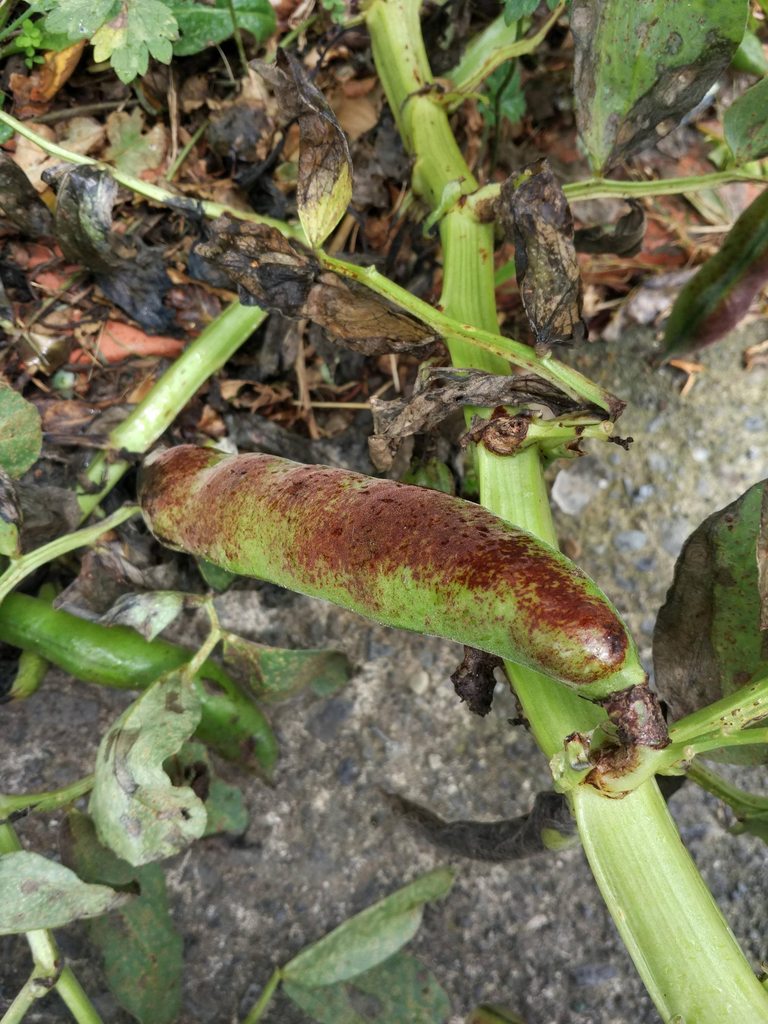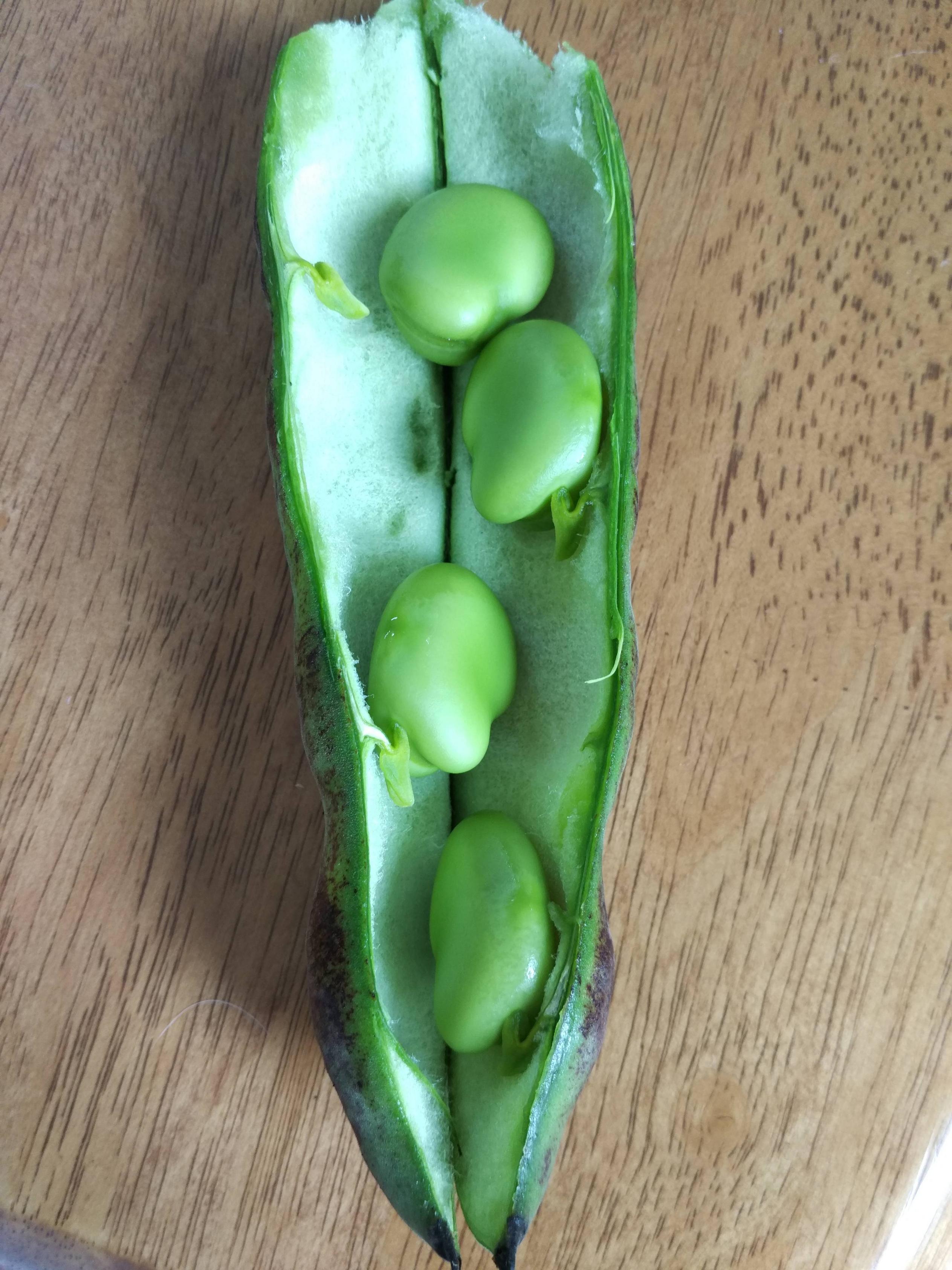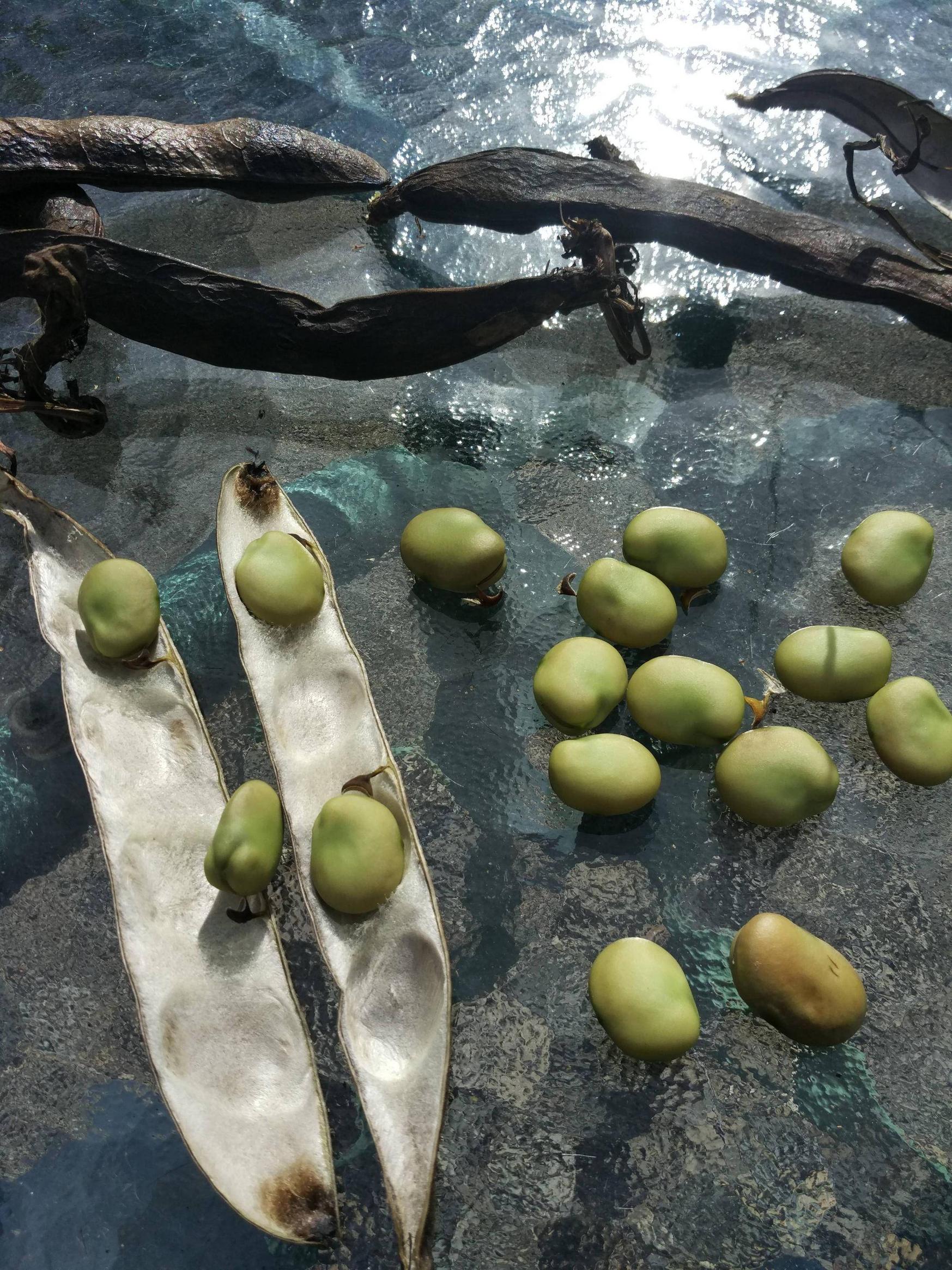My broad bean plants are near end of their life. I planted them in autumn, and now we are half way through our first summer month. Many have been blown over by strong spring winds. The bean pods are hard but most are still green, and still a ways from being black.

Now, the advice online seems to be that we must let the beans fully mature in the pod on the plant, and we can't save seed from opening these pods and letting them dry indoors.

What exactly is the issue? Do they go mouldy or are they just not mature enough? I'd really like to remove them now, and plant something else!
Update: a month later, I've decided to start harvesting some of the beans for seed. The pods are mostly black though not all are dry.

